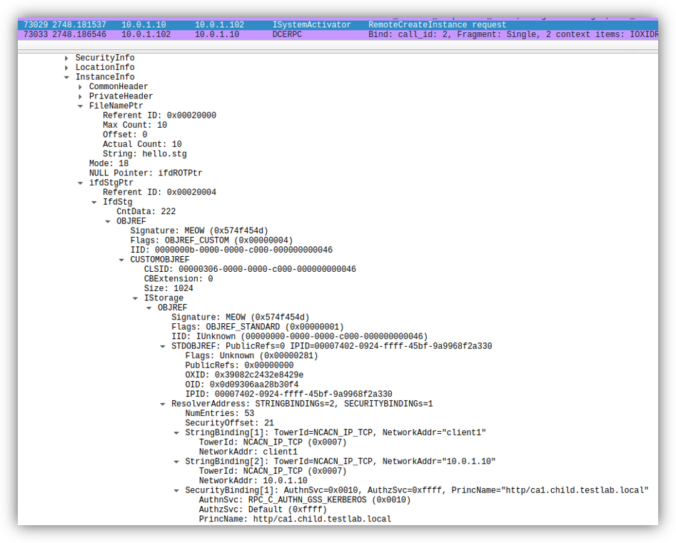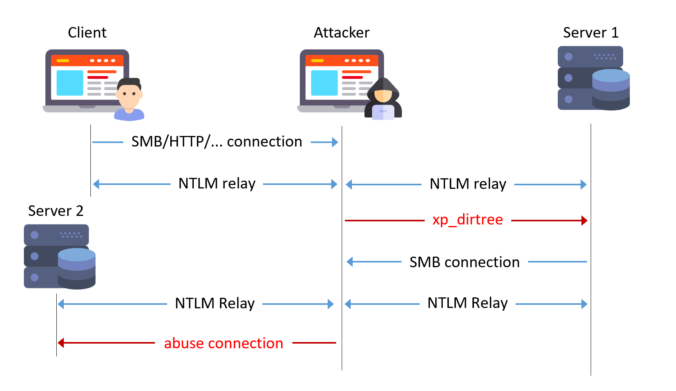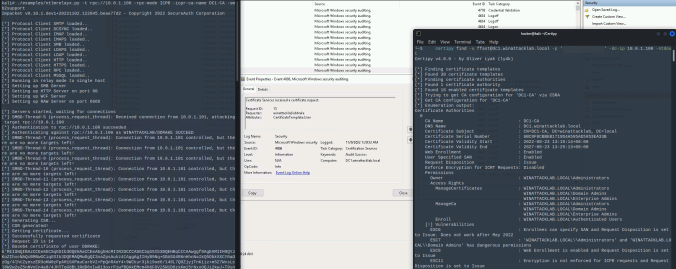NTLM is the legacy authentication protocol in Windows environment. In the past few years, I’ve had the opportunity to write on this blog about NTLM Relaying to DCOM (twice), to AD CS (ESC11) and to MSSQL. Today I will look back on relaying to HTTPS and how the tooling improved.
Compass Security Blog
Offensive Defense
Earlier this year, several security researchers published research about using DCOM to coerce Windows systems to authenticate to other systems. This can be misused to relay the authentication to NTLM or Kerberos, to AD CS over HTTP for instance. This sounds like a hot and complex topic. Let’s take a look back how this started […]
Readers of this blog probably know that I like to try NTLM relaying over all protocols possible! Relaying to Microsoft SQL (MSSQL) is known to work when using the default weak configuration.
With this blog post, we show some dangerous configurations and release a small tool to automate NTLM relaying in these cases.
In June last year, the good folks at SpecterOps dropped awesome research on Active Directory Certificate Services (AD CS) misconfigurations. Since then, we find and report these critical vulnerabilities at our customers regularly. One of these new attack path is relaying NTLM authentication to unprotected HTTP endpoints. This allows an attacker to get a valid […]
A little bit over a year ago, I wrote an article on this blog about CVE-2020-1113 and how it enabled to execute code on a remote machine through relaying NTLM authentication over RPC triggering a scheduled task on the remote system. History repeats itself and a vulnerability of the same category has been fixed by Microsoft in June this year.
Since a few years, we – as pentesters – (and probably bad guys as well) make use of NTLM relaying a lot for privilege escalation in Windows networks.
In this article, we propose adding support for the RPC protocol to the already great ntlmrelayx from impacket and explore the new ways of compromise that it offers.
This vulnerability was discovered by Compass Security in January 2020, disclosed to Microsoft Security Response Center and assigned CVE-2020-1113 as identifier.
© 2026 Compass Security Blog





